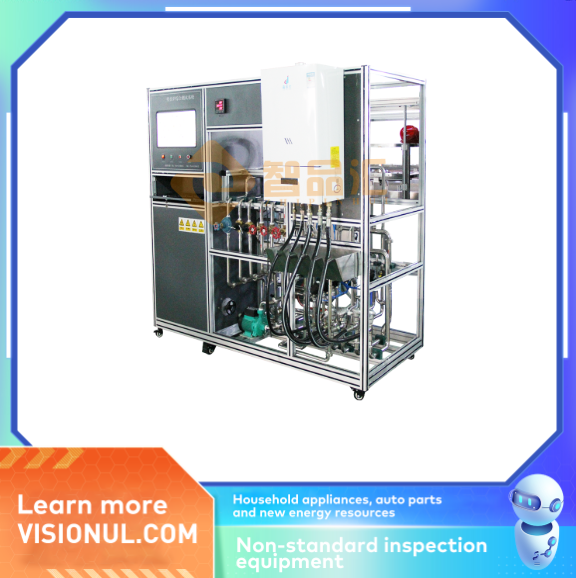Gas water heater testing: Ensuring both safety and comfort in the laboratory environment
When you turn on the hot water tap on a cold winter morning and enjoy the warmth of the steady water temperature and gentle flow, know that this comfort is underpinned by countless laboratory tests of the gas water heater. As a specialized appliance involving gas, water, and electricity, every aspect of its safety and user experience must undergo rigorous testing with professional equipment. From the millisecond-level response to gas leaks to precise control of water temperature fluctuations, the testing equipment in the laboratory utilizes advanced technology to ensure reliable hot water supply every time.
Safety Testing: Building a "Firewall" for Safe Gas Use
Safety testing of gas water heaters is always a core focus in the laboratory, with the gas leak detection system serving as the first line of defense. Inside a sealed test chamber, the equipment simulates scenarios such as loose pipes and aging valves, using highly sensitive gas sensors to detect the concentration of leaking gas in real time. When the concentration reaches 0.1%, the system must trigger an alarm and cut off the gas supply within 3 seconds—a response speed equivalent to one-fifth of a human blink. During the test, an infrared imaging camera records the gas diffusion trajectory, helping engineers optimize the sealing structure to ensure that even a trace amount of leakage can be accurately detected.

Performance Testing: Ensuring Every Drop of Hot Water is "Just Right"
Water temperature stability is a key indicator of the user experience with a gas water heater, and a dynamic water temperature testing system provides a quantitative benchmark. The system simulates frequent water tap operation: rapidly switching between "hot water on-off" 20 times within 10 minutes, while a high-precision (±0.1°C) thermocouple sensor records the outlet water temperature. A qualified product must keep the water temperature fluctuation within ±2°C, preventing users from experiencing unpleasant temperature swings during showers. For models with constant temperature control, the test also includes a sudden change in inlet water temperature—for example, instantaneously raising the inlet temperature from 10°C to 25°C—to see if the water heater can stabilize the outlet temperature to the set value within 3 seconds. Hot water output efficiency is measured by a flow rate and energy consumption test bench. The device uses a precision flow meter to measure the water flow rate under different water pressures, while simultaneously recording gas consumption to calculate thermal efficiency. For a top-tier energy efficiency rating, the water heater must achieve a thermal efficiency of 96% or higher, meaning that 96% of the energy from 1 cubic meter of gas is converted into hot water. The test also simulates the low water pressure environment of high-rise buildings (0.02 MPa, about 1/5 of normal pressure) to see if the water heater can start normally and maintain a stable flow rate, which directly affects the user experience in high-rise apartments.
Durability and Smart Testing: Withstanding the Test of Time and Technology
The lifespan of key components in gas water heaters needs to be verified through accelerated aging tests. For the water-gas control valve, the equipment performs 100,000 opening and closing cycles, equivalent to 10 years of typical household use, while monitoring the valve's sealing performance and response speed. The heat exchanger undergoes 5,000 cold-hot shock tests—instantaneous contact with 20°C cold water after being heated to 80°C. Only components that pass these tests can ensure that the water heater will function reliably over its entire lifespan.